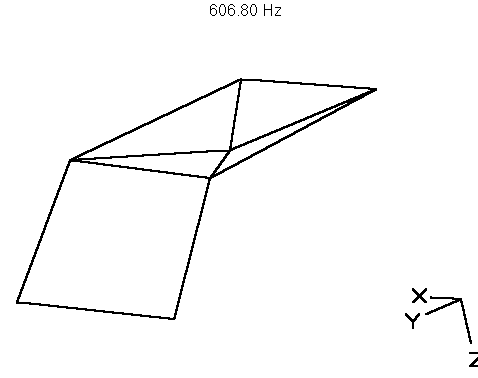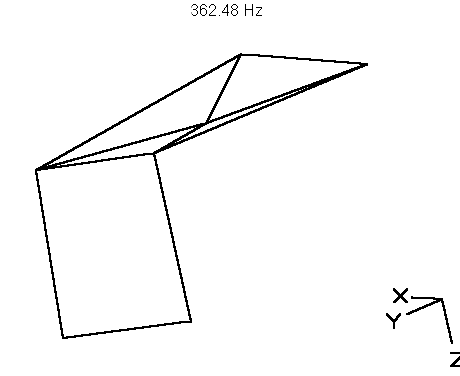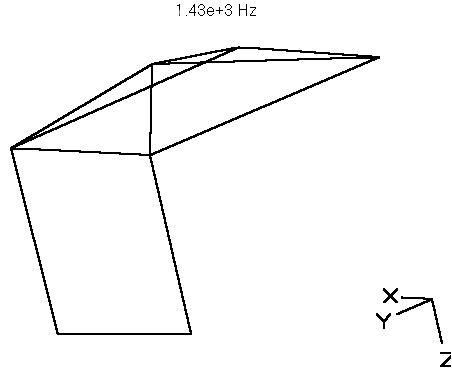With the invaluble help of Ebberhard Bamberg I performed a modal analysis of the Axtrusion. We used a three (3) axis accelerometer connected to a Hewlett Packard 35670A Dynamic Signal Analyzer.
First the carriage was removed from the way and the accelerometer glued to the way. This allowed us to find the modes of the way and table. There were two dominate ones. One at 220 Hz and one at 332 Hz.
Then the carriage was put back on the way. Eight (8) points were diffined on the surface of the carriage. Point 1 was the impact point. Points 2- through 8 were the measurement points. The accelerometer was glued to each of these points in turn, and data collected for both the floating and not floating configurations of the carriage.


